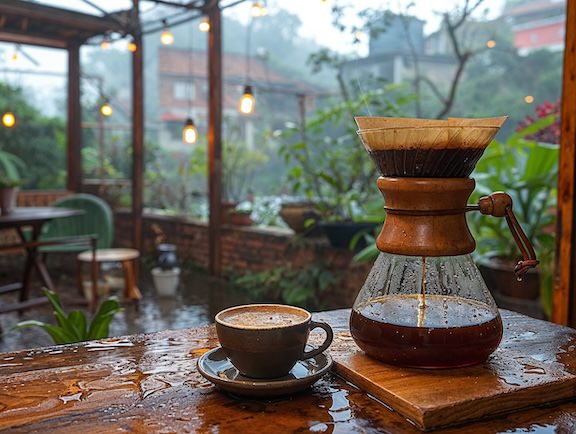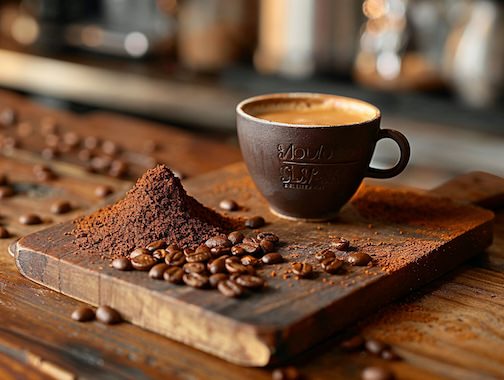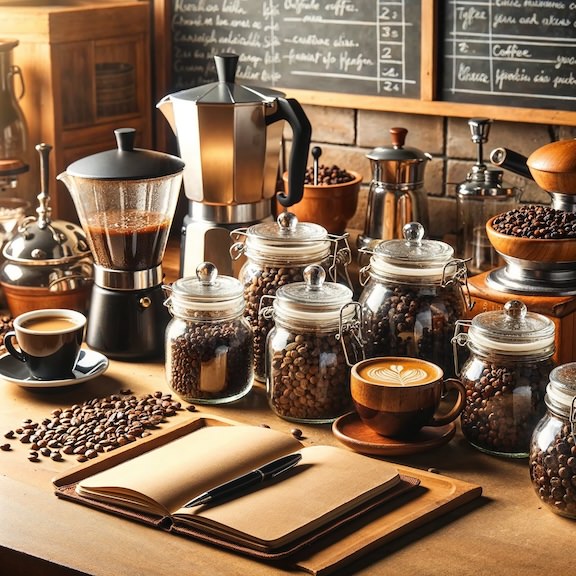Working from home can sometimes feel isolating, and a change of scenery can boost productivity and mood. Sometimes there is a need to break out of the home office routine, working from a coffee shop for a day can be an excellent solution. However, it is important to do some advance research to ensure a smooth experience. Here are a few tips I have put together from my experiences over many years of needing to keep working but recharging via a change of scenery.
Before planning your workday, check if your chosen location actually allows people to work there. In recent years, many coffee shops have changed their policies, removing tables and chairs or even covering power outlets to discourage long stays. Some establishments now explicitly prohibit laptop use or limit Wi-Fi access. Call ahead or check the shop’s website or social media pages for their current policies. Or, just look around the coffee shops you frequent. A casual chat with the staff will tell you if they frown on it or have any limits they want you to respect. This step can save you from the frustration of arriving only to find you’re not welcome to settle in for work.
Preparation is key to a successful day out. Once you’ve confirmed a suitable location, pack all your essentials, including your laptop, charger, extra cables for things like your phone, headphones, and any other tools you might need. Choose comfortable clothing that’s suitable for public spaces, and don’t forget to bring a water bottle to stay hydrated throughout the day.
Some of my coworkers take a second screen for their computer, which has always felt to me it looks like they are moving in. I usually use my iPad as a second screen if the need arises. There is a wide variety of small fold up iPad stands that travel well. I know there are really small printers, but they also have a feeling of perminance that makes people uneasy, I suggest saving to a PDF which can be marked up with tools available on most computers as well as printed when you return to your home office.
Timing your visit can make a big difference in your experience. Try to arrive during off-peak hours to secure a good spot. This might mean getting there early in the morning or after the lunch rush. Planning your visit around the coffee shop’s quieter periods can help ensure you have a more peaceful and productive environment.
Consider the ambiance and noise level as well – some people work better with a bit of background noise, while others prefer a quieter setting. You might want to scout out a few options in advance to find your ideal spot in the coffee shop.
Remember to be mindful of coffee shop etiquette. Purchase food or drinks regularly to support the business that’s providing you with a workspace. Be aware of the space you’re taking up, especially during busy hours, and use headphones for any calls or audio to avoid disturbing others.
To maximize your productivity, set clear goals for your work session before you arrive. This can help you stay focused and make the most of your time away from home. If you’re sensitive to noise, consider investing in noise-cancelling headphones. Don’t forget to take regular breaks to stretch and refresh – this can help prevent burnout and keep you energized throughout the day.
Security should always be a priority when working in public spaces. Use a VPN for any sensitive work, and be aware of your surroundings when handling confidential information. Never leave your belongings unattended, even if you’re just stepping away for a moment.
I often forget, till it is too late, pay attention to your comfort. Choose a seat with good back support if possible. Some remote workers even bring a small cushion or laptop stand to improve their ergonomics. Your physical comfort can significantly impact your productivity and overall experience.
By following these tips and doing your research in advance, you can turn your local coffee shop into a productive and enjoyable alternative workspace. This change of scenery might be just what you need to boost your motivation and creativity while still getting your work done efficiently.
Please note that if you purchase from clicking on the link, some will result in my getting a tiny bit of that sale to help keep this site going. If you enjoy my work, perhaps you would consider donating to my daily cup of coffee, thank you.





